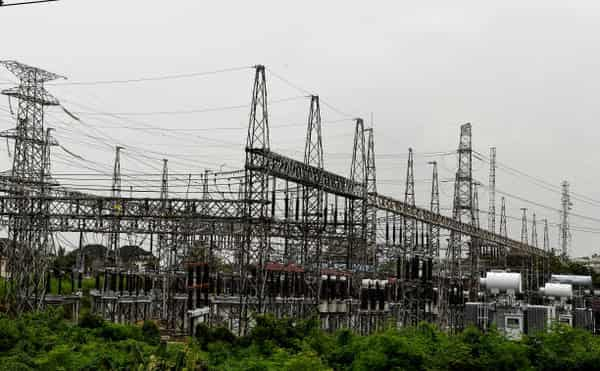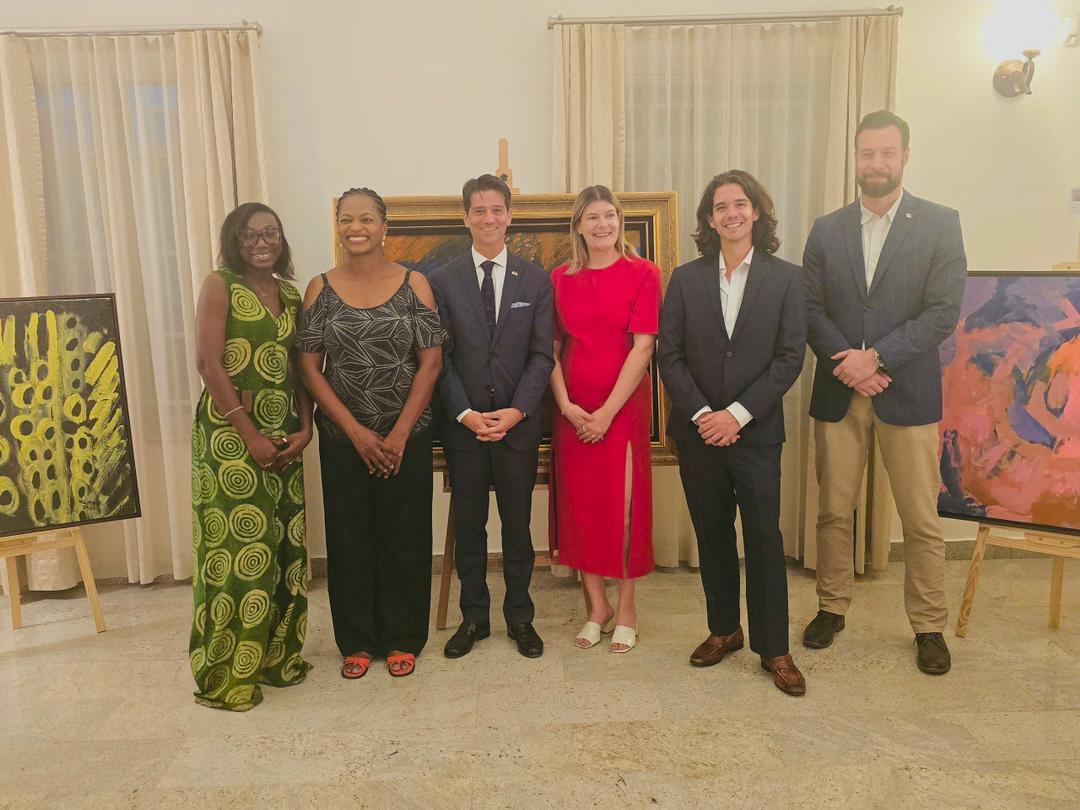The Katsina Government has spent N7,6 billion for various power supply-related projects across the state, with particular focus on renewable energy solutions.
Malam Faruq Lawal-Jobe, the state Deputy Governor, made this known while addressing newsmen in Katsina on the achievements of Gov. Dikko Radda’s administration.
Among the key projects highlighted is the provision of 74km of solar street lighting in Katsina metropolis and the provision of 11km of solar street lights from Al-Qalam University Roundabout to Darma Rice Mill, Katsina.
“In an effort to provide a sustainable power solution to critical facilities of government, viable mini-grid solar-powered projects are ongoing at General Hospital Katsina, Government House and State Secretariat Complex at the cost of N3,8billion,” Lawal-Jobe said.
Lawal-Jobe pointed out that several other power projects were also carried out in communities across the state.
The projects, he said, include the supply and installation of transformers, cables, repairs of equipment and routine maintenance.
Others, he said, are the change of power supply from ‘Yan Albasa, Eka, Kadandani to Kuraye covering 17km in order to restore electricity supply in Charanchi Local Government.
Others are the protection and aesthetics of security lighting system through the construction of Japarana Concrete Technology in the Median Strips of Ring Road Phase I ‘A’ and ‘B’ in Katsina metropolis.
He also mentioed the repairs of vandalised electrification projects from Iyatawa, Cikakoshi, Mahuta and Remawa, covering eight kilometres high tension line to restore electricity supply at Iyatawa ward in Rimi Local Government Area.
Others are the award of contract for the Digital Mapping of Power Lines and GPS locations of all line materials/transformers procured by the state government.”
He further listed the projects as the replacement of the 33KV breakers and accessories to restore power supply at Umaru Musa Yar’adua University, Katsina.
The deputy governor declared that Gov. Radda remained committed to expanding electricity access in rural areas to stimulate economic activities and improve the living standard of our people.






